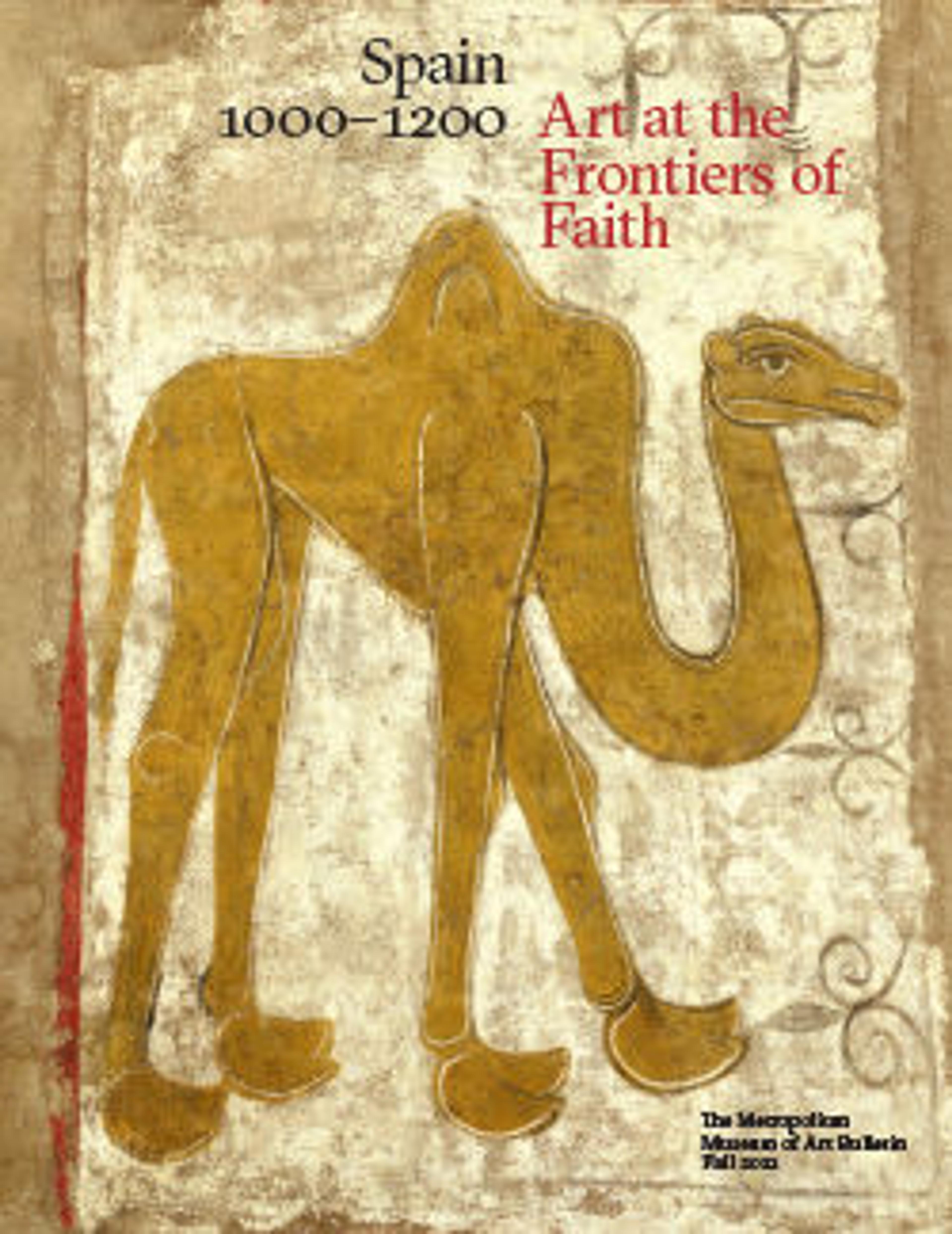Hebrew Bible
Jews in medieval Spain referred to the Bible as the Sanctuary of God, a sacred surrogate for the lost—and longed-for—Temple of Jerusalem. As a result, Hebrew Bibles came to be splendidly adorned, in a manner worthy of that holiest of places. This manuscript comprises the full text of the Bible, with complete vocalization, accentuation, and critical apparatus (or masoreh), with the most impressive decoration marking the beginning and end of each book and four special biblical songs. Decorative elements found in both Islamic and Christian manuscripts have been embraced, clear evidence of shared artistic taste that transcended cultural and religious prejudices.
The manuscript bears the signature of an early owner, David ha-Kohen Coutinh[o], who penned his name in its pages on Rosh Hashanah, 1366.
For a complete set of images of this manuscript, see: Utopia, armarium codicum bibliophilorum, cod. 6 (JUD040): Bible with Masora magna and Masora parva (https://www.e-codices.unifr.ch/en/list/one/utp/0006)
The manuscript bears the signature of an early owner, David ha-Kohen Coutinh[o], who penned his name in its pages on Rosh Hashanah, 1366.
For a complete set of images of this manuscript, see: Utopia, armarium codicum bibliophilorum, cod. 6 (JUD040): Bible with Masora magna and Masora parva (https://www.e-codices.unifr.ch/en/list/one/utp/0006)
Artwork Details
- Title:Hebrew Bible
- Date:1300–1350 (before 1366)
- Geography:Made in Castile, Spain
- Culture:Spanish
- Medium:Ink, tempera, and gold on parchment; leather binding
- Dimensions:476 folios: 9 5/16 × 7 15/16 in. (23.7 × 20.1 cm)
Binding: 9 15/16 × 8 3/4 × 4 1/4 in. (25.2 × 22.3 × 10.8 cm) - Classification:Manuscripts and Illuminations
- Credit Line:The Cloisters Collection, 2018
- Object Number:2018.59
- Curatorial Department: Medieval Art and The Cloisters
More Artwork
Research Resources
The Met provides unparalleled resources for research and welcomes an international community of students and scholars. The Met's Open Access API is where creators and researchers can connect to the The Met collection. Open Access data and public domain images are available for unrestricted commercial and noncommercial use without permission or fee.
To request images under copyright and other restrictions, please use this Image Request form.
Feedback
We continue to research and examine historical and cultural context for objects in The Met collection. If you have comments or questions about this object record, please contact us using the form below. The Museum looks forward to receiving your comments.
